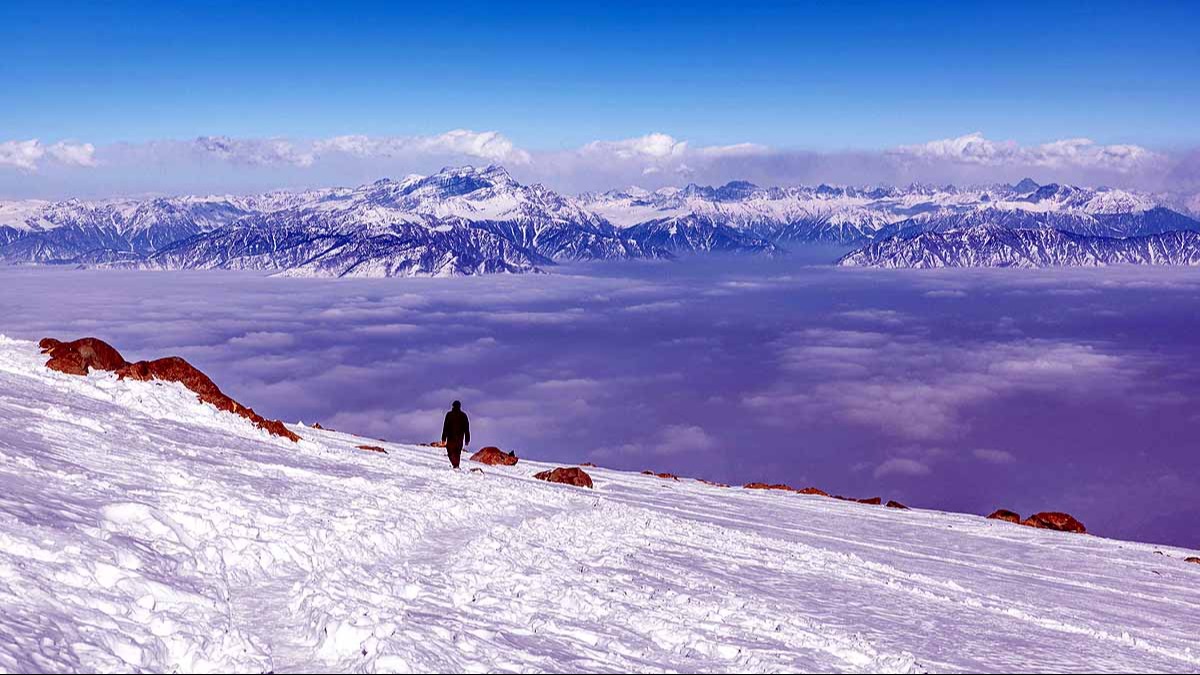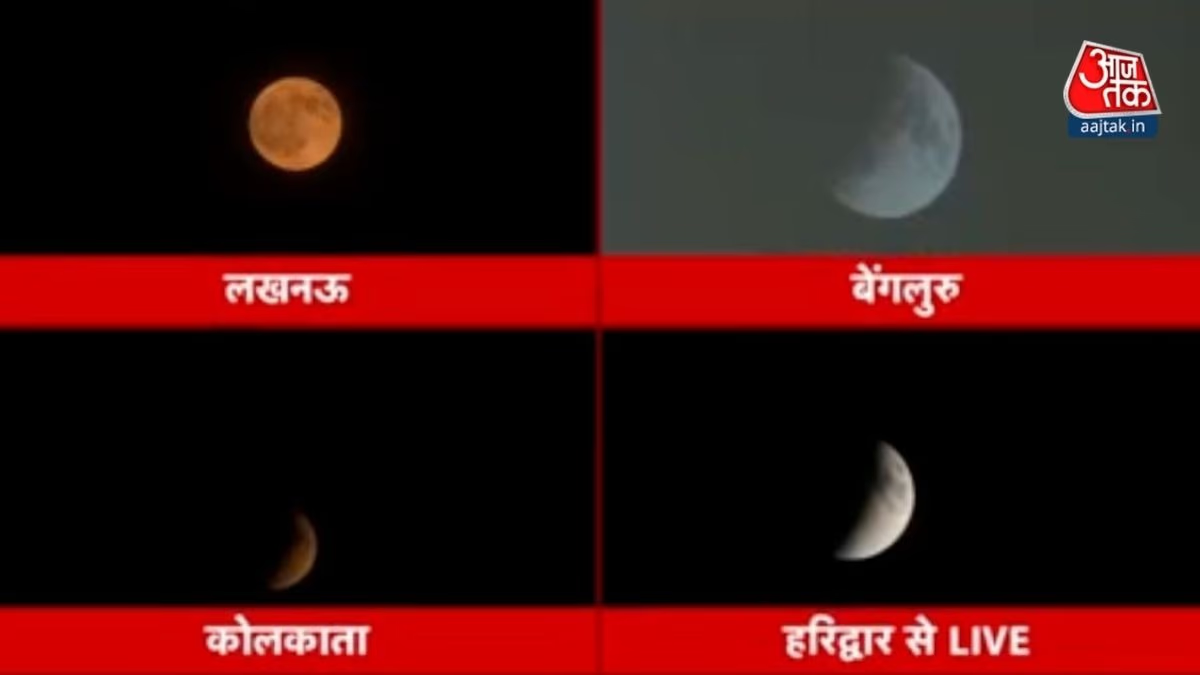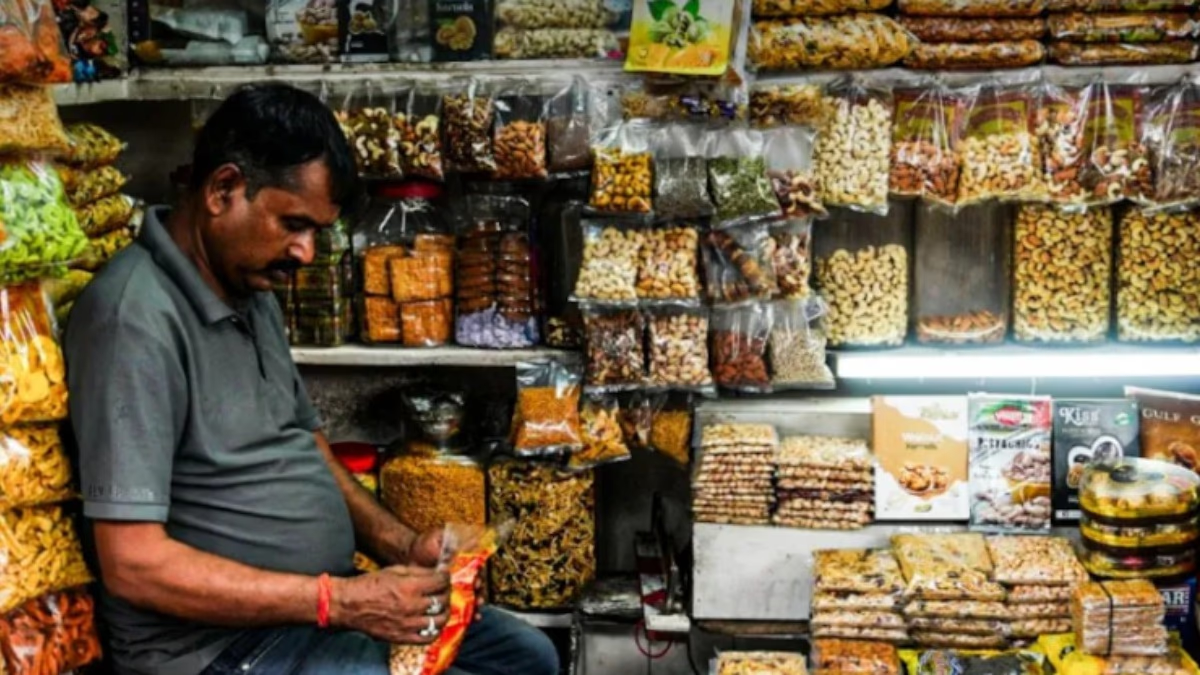The rising temperatures in Kashmir pose a risk of melting to over 100 active permafrost formations, known as rock glaciers, harboring vast quantities of ice water within them. If the temperatures continue to escalate, these could unleash havoc upon the valleys, particularly in the Jhelum River basin.
A recent study unveiled these concerns. Researchers at the Amrita School for Sustainable Futures, part of Amrita Vishwa Vidyapeetham in Kerala, conducted the study, led by Assistant Professor Remya S.N.
According to a report published in
, Remya's research indicates that more than 100 rock glaciers have developed ridges and visible bulges, signs that the permafrost is beginning to melt and shift. The ramifications could be catastrophic if the area experiences further warming.
The Greatest Danger: Disasters Similar to Those in Kedarnath and Sikkim
Remya explains that glaciers melting at an alarming rate are transforming into rock glaciers, thereby increasing the risk around the Chirsaar and Bramsaar lakes. These areas could face catastrophic events akin to the glacial lake outburst floods (GLOFs) experienced in Kedarnath, Chamoli, and Sikkim in the past. The Chirsaar Lake, in particular, is situated at the edge of a rock glacier.
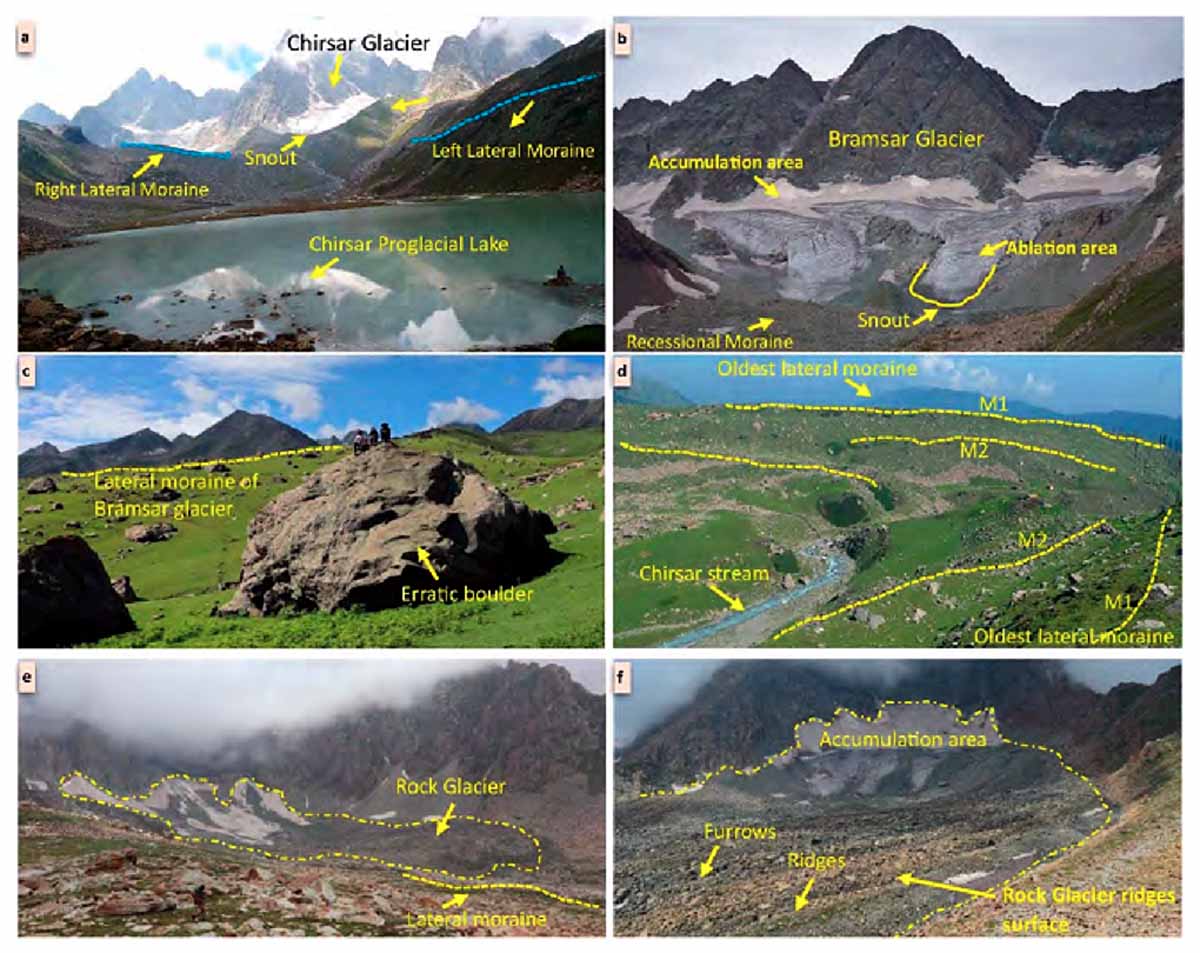
Source: aajtak
Both lakes receive their water supply from a glacier. Should the nearby permafrost thaw, a flood of water would rush towards the valley below, posing a dire threat to the inhabitants of the lower regions. Slopes in the area vary from a gradient of 12 degrees to an incline between 25 and 65 degrees, which signifies that the intensity of any disaster could be particularly devastating.
A Veritable Water Reservoir within Rock Glaciers
Permafrost layers — which have remained frozen for at least two years — are generally reported in cold regions like Greenland, Alaska, and Siberia. However, little is known about rock glaciers in the Himalayas. These geological features play a significant role in some mountainous areas impacted by climate change due to the copious amounts of frozen water they contain.
Leading Scientific Institutes Worldwide Participate in the Study
The study, published in the Earth and Space Science Journal of the American Geophysical Union, also featured researchers from the Geological Survey of India, IIT Bombay, Monash Research Academy, Northumbria University, ISRO, and IISc Bangalore.
The Formation and Significance of Rock Glaciers
Rock glaciers on mountains are formed when permafrost, soil, and ice solidify together. Typically, the process starts with existing glacier debris combining with rock and soil. As the ice melts, this mixture turns into rock glaciers. This phenomenon has accelerated over the past five decades, primarily due to global warming.
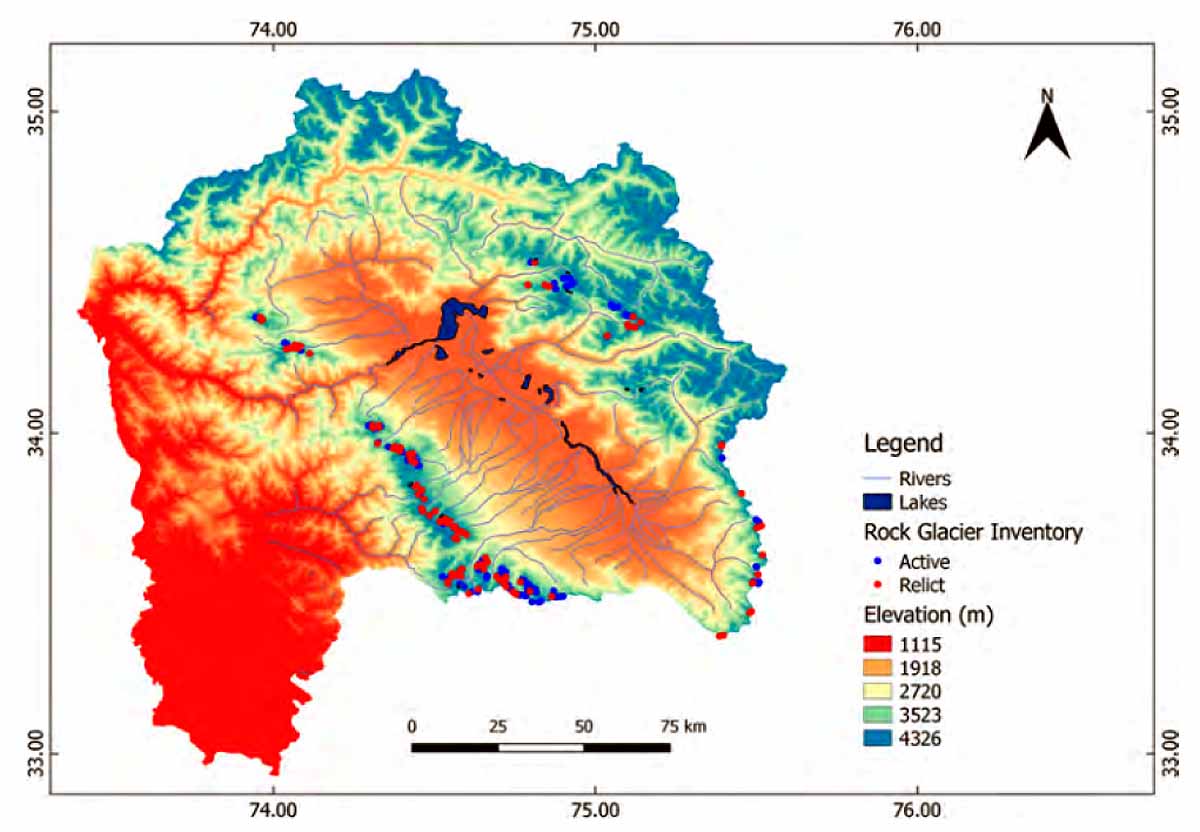
Source: aajtak
The Unassuming Appearance of Rock Glaciers
Rock glaciers can resemble ordinary grassy lands or plains. Sometimes, people even build homes or small woods flourish on top of them. It's only on closer geomorphological inspection that they are revealed as rock glaciers.
An Extensive Area with 207 Rock Glaciers
Remya advocates for more focused research on Himalayan rock glaciers to identify and understand the potential dangers across the entire mountain belt. Combining satellite imagery and on-site research, her team discovered 207 rock glaciers across an area exceeding 50 square kilometers.
Kashmir Valley on the Brink of Peril
Remya's findings suggest these rock glaciers are either active or on the verge of becoming so. A report in the Indian Journal of Geosciences from 2022 highlights the rapid melting of glaciers in the Kashmir valley, especially the southwestern region. The transition of these glaciers into rock glaciers signals an imminent threat, marking what could be considered the final stage of glacial melting. Hence, a major disaster in the Jhelum Basin could strike at any moment.
